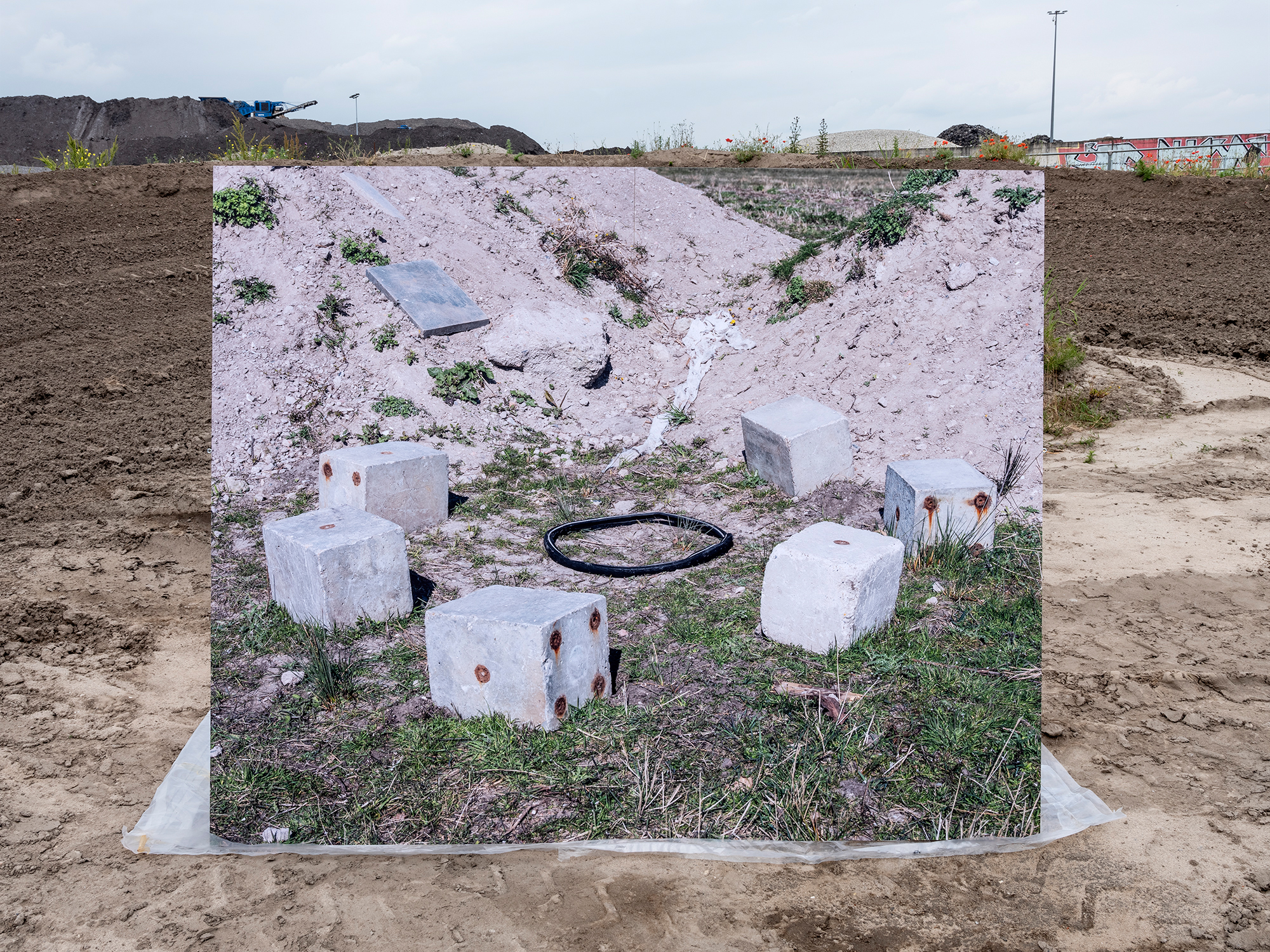Daan Russcher is a Visual Artist from the Netherlands. His work explores architecture, dimensionality, cityscapes, and what lies behind the surface of artificial environments. He transforms photography into sculptural forms, blurring the boundaries between mediums.
Can you tell us about your journey from studying engineering to pursuing photography at HKU Utrecht? How did your background in engineering influence your artistic perspective?
I have been interested in both photography and architecture from a young age. This was mainly because my father worked at an engineering firm, and I came into contact with the projects he was working on. When I had to choose a field of study, I opted for the safe choice: a Bachelor of Built Environment. During that study, I realized that working in a company and following a fixed routine did not inspire or motivate me. I felt a longing for more autonomy and especially for a playful way of working. I decided to go to art school, where I rediscovered my fascination with the built environment. There, I discovered that through photography, I could reshape and mold existing architecture and create my own version of the urban environment.
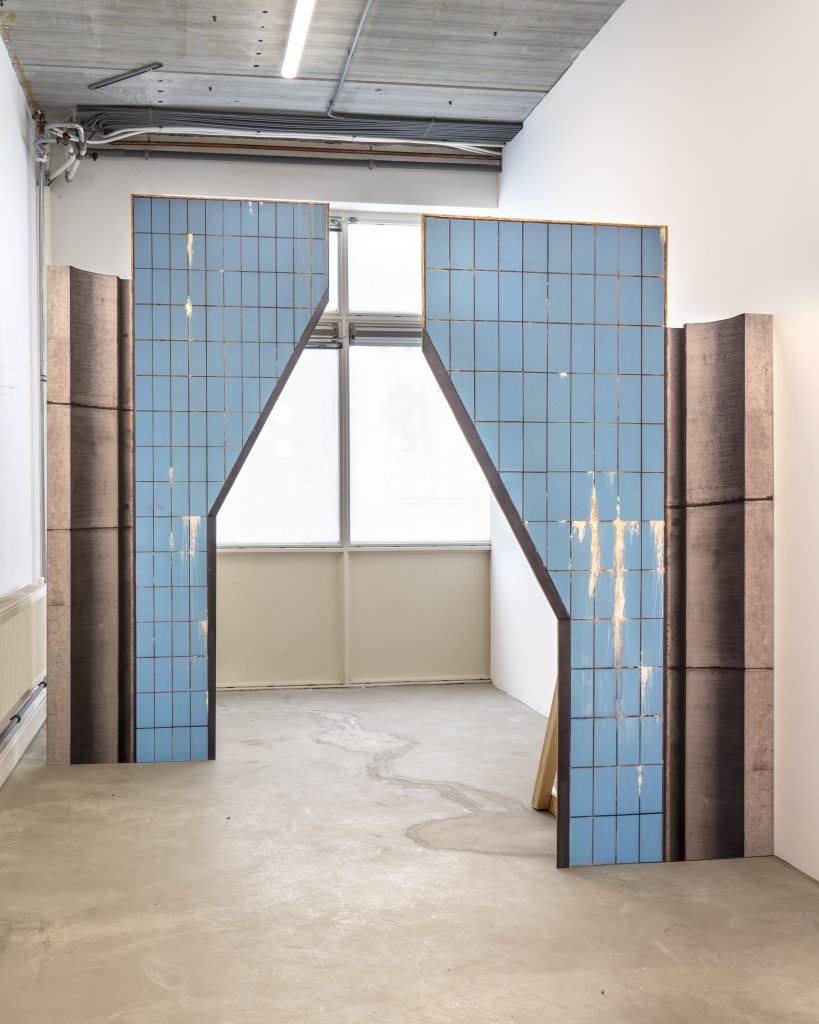
Your interest in architecture and urban environments is evident in your work. How do you approach capturing the essence of functional places and the edges of the city in your photography?
These are places designed to pass through; we usually spend a short time there for reasons other than the place itself. By spending more time and scanning the material surface with my camera, completely different aspects become noticeable. In these locations, you typically encounter fairly massive structures that have suffered varying degrees of damage from corrosion, aging, or neglect. In my work, I don’t necessarily show the essence of the city’s outskirts, but I use it’s architecture to spark the imagination. My work results in constructions and cutouts that have lost their function but refer to their original context.

Your focus on deconstructing and reconstructing places is fascinating. When determining whether a piece should exist in two or three dimensions, what factors or considerations influence your decision?
Sometimes the shape of my work arises from a sculptural form that I already envisioned while photographing a construction. However, it can also emerge in in the editing process. In this case it’s an intuitive process where I am guided by the shape and materiality of what I have photographed and deconstructed. In both cases the use of photography allows me to recontextualize existing environments. By playfully engaging with the massive architecture in these places I want to create a world that is recognizable yet surreal.
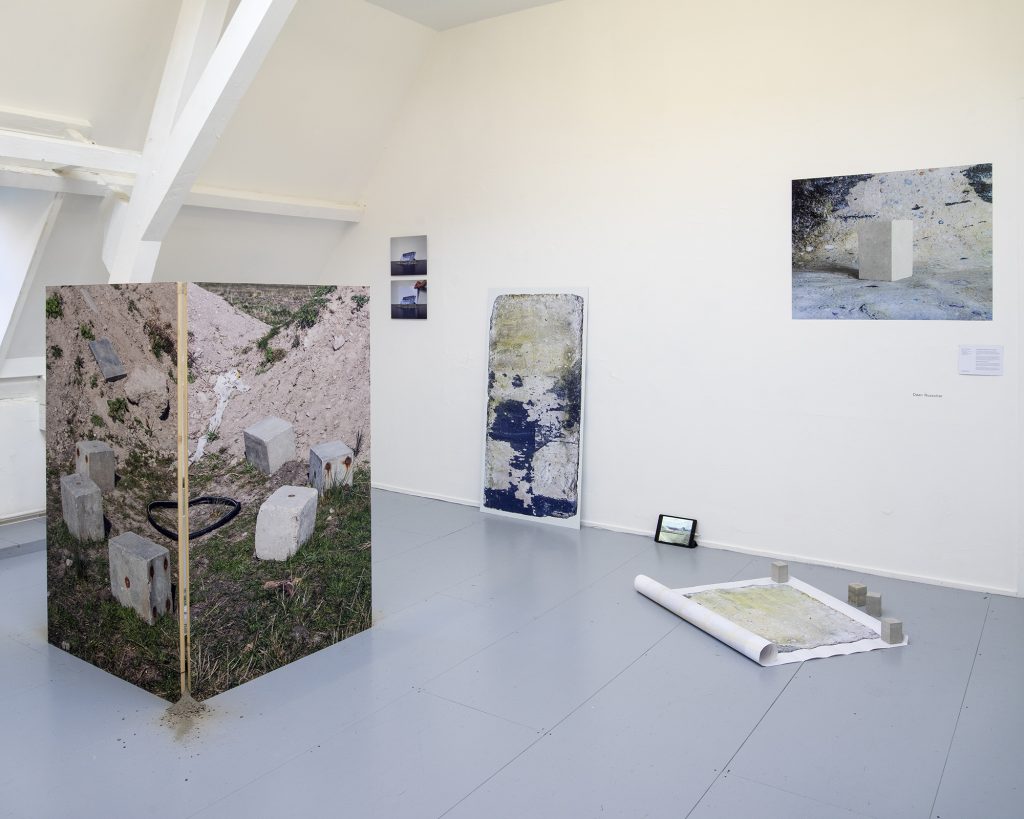
In your exploration of cities, centers, and the edge land you’ve mentioned seeing these places as movie sets. What led you to dive deeper into uncovering the reality behind this facade? How does this concept inform your artistic vision?
The city centre and residential areas, especially in the Netherlands, are extremely polished and well maintained places. Sometimes it feels a bit like moving through a movie set that is being maintained by the people who live there and claim the place as their own. The outskirts of the city seem to escape the established order of the center: the polished facade or decor seems to be absent or shows cracks. In a way the visibility of these flaws makes these places feel more real or authentic. Their appearance doesn’t include a shiny facade to make it look more fancy. With the work I create, I want to pay tribute to these areas and reveal the beauty that we often overlook.
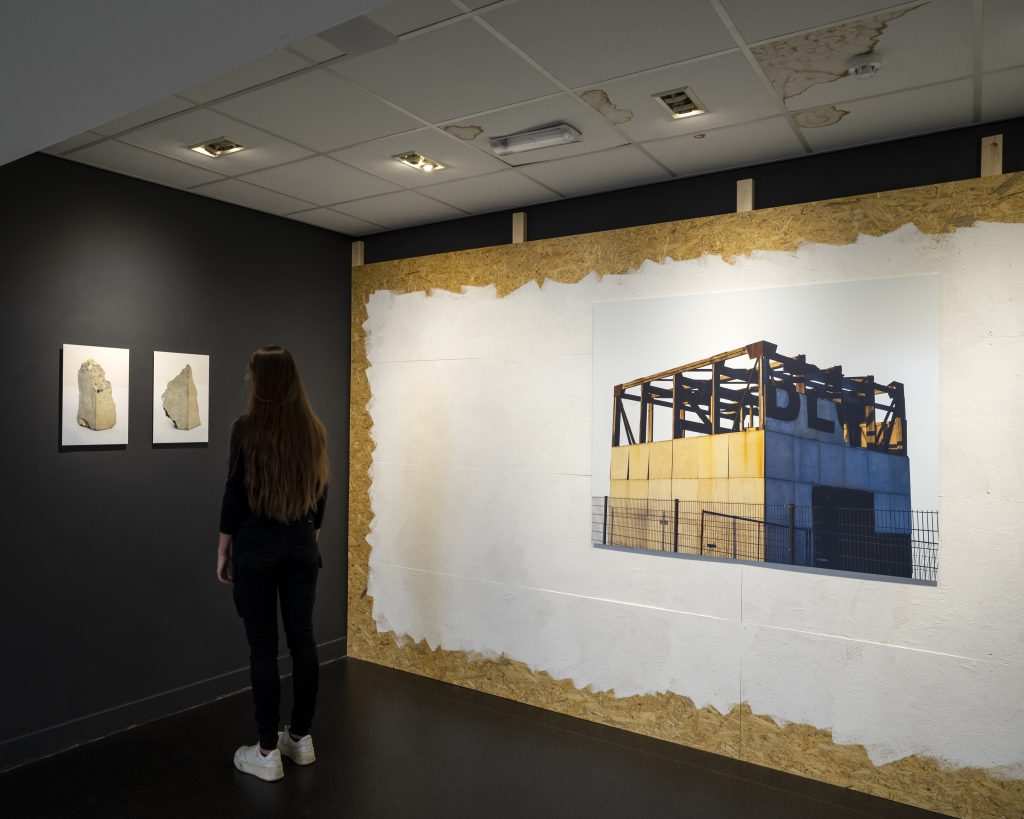
In your works you use the material of concrete a lot. What fascinates you about this material?
It is an extremely hard and heavy material that can be cast into almost any conceivable shape. This allows it to take on forms that have a rather monumental quality. I find it interesting to emphasize this malleability, even though I use very solid constructions as a starting point. I bring them back to their liquid form and essentially cast them into new shapes. Additionally, it is a material that ages beautifully: corrosion can create a kind of abstract composition on it’s surface.
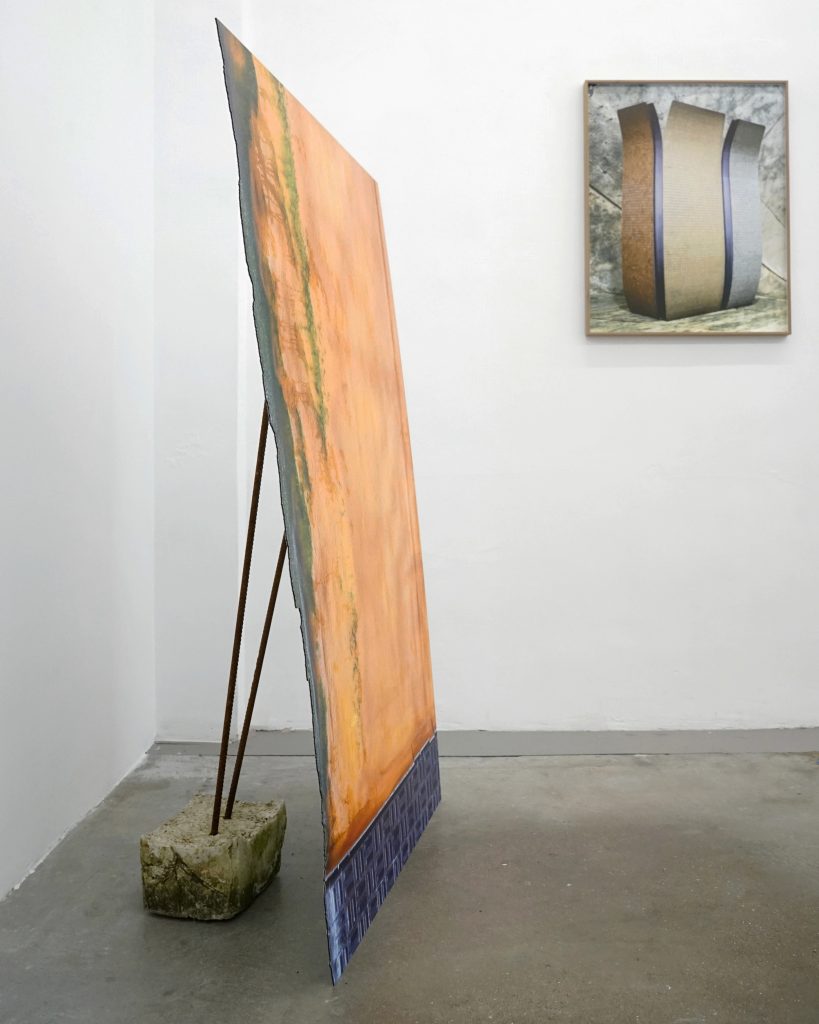
“The use of photography allows me to recontextualize existing environments. By playfully engaging with the massive architecture in these places I want to create a world that is recognizable yet surreal.”
Could you share the backstory behind your project “Material Evidence Of What Does Not Exist,” and describe your experience working with text in collaboration for the first time?
In 2021, I spent several months at a free space in Amsterdam Noord. I became fascinated by the unfinished nature of the area: a temporary orange facade of a new building complex, crumbling concrete blocks, and a rusty steel artwork. I asked myself: could these be the fossils of the present, based on which future archaeologists will form an image of what our world looked like? The neighborhood had been on the outskirts of the city for over a century but was at a crossroad: heavy port-related industry had to make way for housing. In “Material Evidence of What Does Not Exist” (2021), the area became an archaeological site for me. A place where the ruins and fragments of an industrial past temporarily mingled with the building materials of the present. The material finds I made there, I placed them on a pedestal by photographing them in my studio or creating photo-sculptures through laser cuts in my prints.
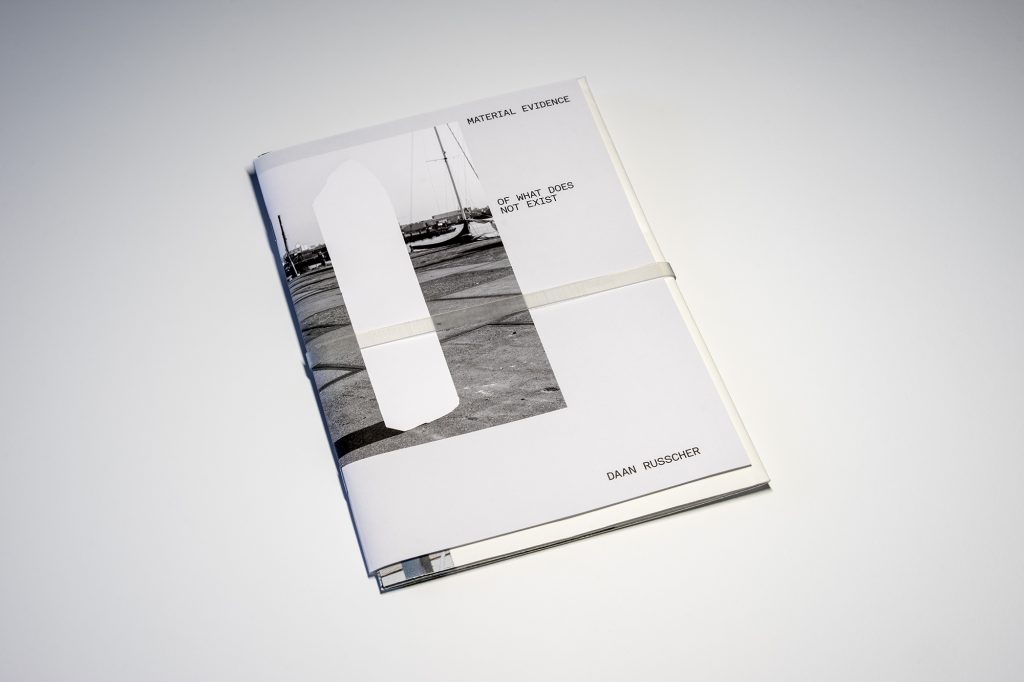 ‘Material Evidence of what does not exist‘
‘Material Evidence of what does not exist‘
Can you walk us through the process of creating the booklet? How did you approach deciding on the final design?
The starting point for creating the publication was to outline the context that functioned as the start of the project: an urban area in transition. In the publication I combined my photographs and findings with archival material and descriptive texts. In the texts, Raymond Frenken writes in three short chapters about the crossroads at which the area found itself: the importance of the city’s fringes, and the materials found there. Archive images in the publication show the vanished heavy industry, and aerial photographs depict the vacant pieces of land that remain. All images in the publication are numbered as fragments, and they are bundled at the back as an index. I present all the findings I have made as an overview of archaeological discoveries. Working with HouseTMM as a designer was very valuable for making decisions regarding the design, such as numbering the fragments and creating the structure and layout of the publication’s content.
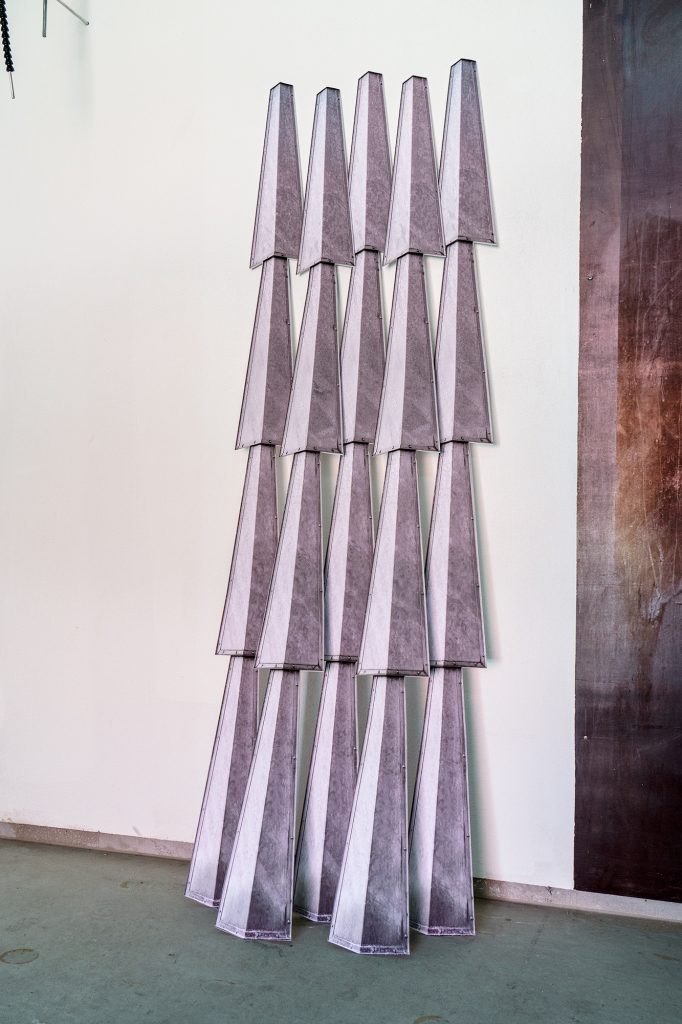
Are there any artistic mediums you’re interested in exploring further in the future? If so, what draws you to them?
Where I previously often built within my photographic images, I now want to work more with physical materials in spatial installations and sculptures. I will do this by, for example, creating real scale models and developing them into life-sized structures that visitors can enter, climb, or pass through. By doing this, I aim to emphasize the dialogue my work engages in with the viewer, focusing more on the experience of architecture. I find it important to make my work more accessible because it deals with places that are difficult to grasp and understand.
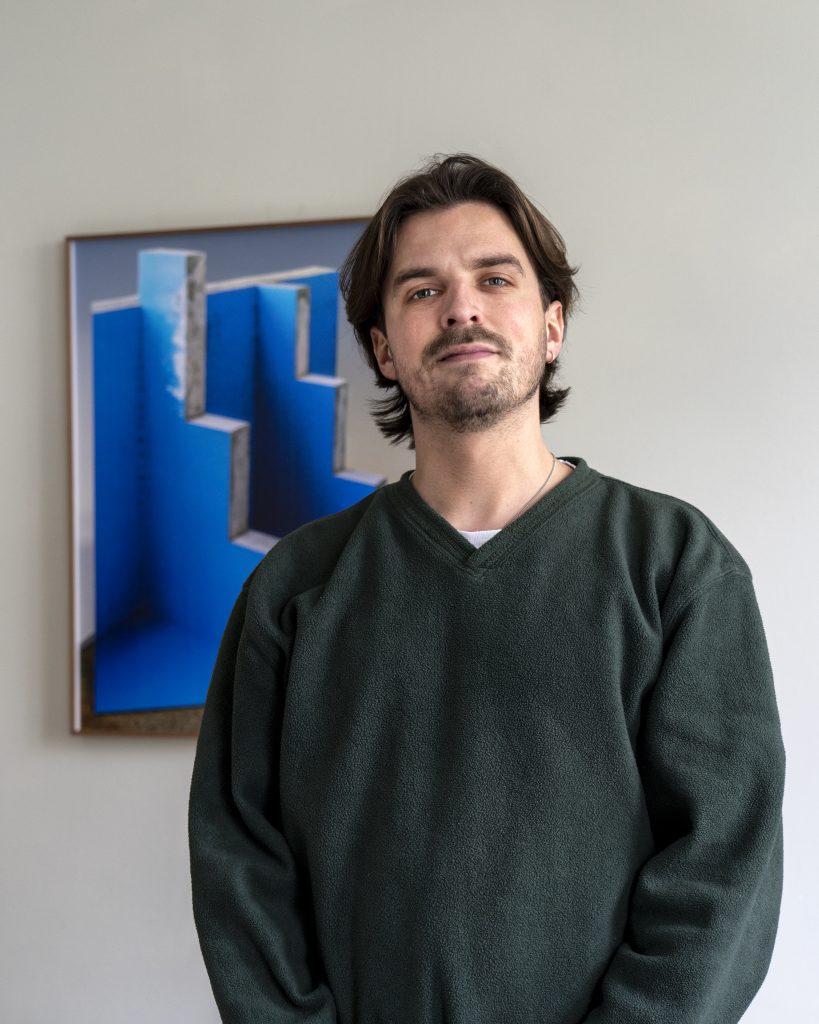 Portrait of Daan Russcher
Portrait of Daan Russcher
